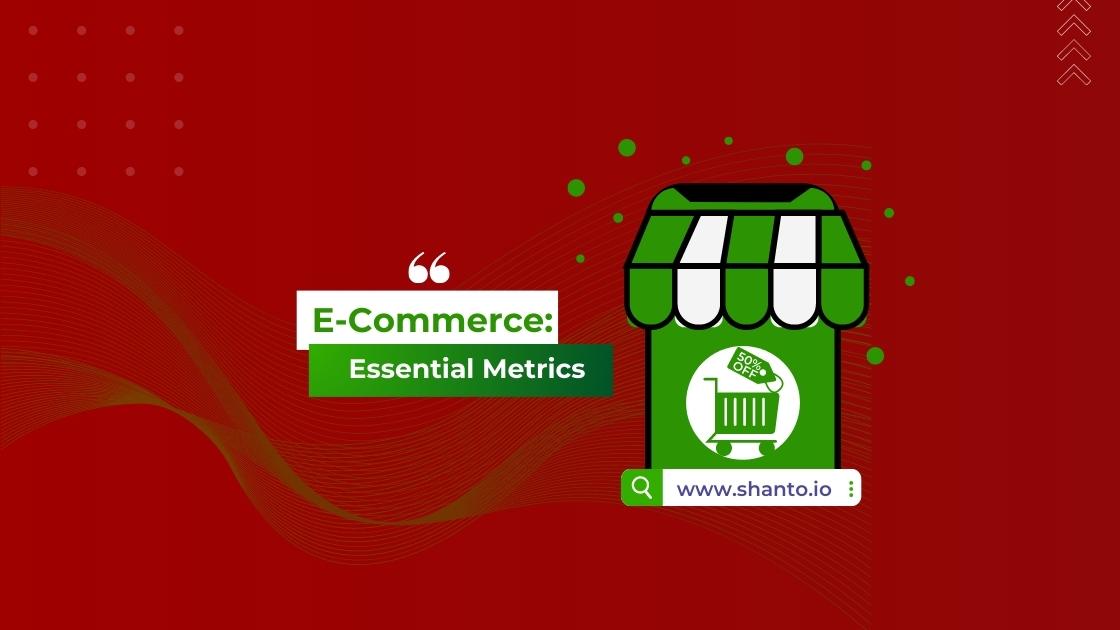Running a successful e-commerce business requires more than just a great website and a range of products. To make data-driven decisions and achieve sustained growth, e-commerce companies must closely monitor and analyze key metrics. In this blog post, we will explore the most important metrics for e-commerce companies and how they can provide invaluable insights into the health and performance of your business.
1. Conversion Rate: Turning Visitors into Customers:
Conversion rate is the Holy Grail of e-commerce metrics. It measures the percentage of website visitors who take a desired action, such as making a purchase. By optimizing your conversion rate, you can maximize the effectiveness of your marketing campaigns, identify areas for improvement in your website’s user experience, and ultimately increase sales.
2. Average Order Value (AOV): Boosting Revenue Per Transaction:
Average Order Value (AOV) represents the average amount of money spent by customers per order. By encouraging customers to spend more during each transaction, you can significantly boost your revenue without acquiring additional customers. Upselling and cross-selling strategies, personalized product recommendations, and effective pricing strategies all play a role in increasing AOV.
3. Customer Acquisition Cost (CAC): Calculating the Cost of Growth:
Understanding how much it costs to acquire a new customer is crucial for evaluating the efficiency of your marketing and advertising efforts. Customer Acquisition Cost (CAC) calculates the average cost of acquiring a new customer, taking into account expenses such as advertising, marketing campaigns, and sales efforts. By reducing CAC and optimizing your customer acquisition strategies, you can maximize the return on your marketing investments.
4. Customer Lifetime Value (CLV): Building Long-Term Success:
Customer Lifetime Value (CLV) estimates the total value a customer brings to your business over their entire relationship with your company. By focusing on increasing CLV, you can identify your most valuable customer segments, tailor your marketing efforts, and prioritize customer retention initiatives. Building strong customer loyalty and providing exceptional customer experiences are key to maximizing CLV.
5. Churn Rate: Retaining Valuable Customers:
Churn rate measures the percentage of customers who stop using or purchasing from your company within a given time period. A high churn rate can be detrimental to your business, as it indicates potential issues with customer satisfaction and retention. By monitoring and addressing the reasons for customer churn, you can implement strategies to improve customer satisfaction, enhance loyalty programs, and reduce customer attrition.
6. Cart Abandonment Rate: Sealing the Deal:
Cart abandonment is a common challenge for e-commerce companies. This metric represents the percentage of customers who add items to their shopping cart but leave the website without completing the purchase. By analyzing the reasons behind cart abandonment and implementing strategies such as personalized remarketing campaigns, optimizing the checkout process, and offering incentives, you can recover lost sales and improve conversion rates.
7. Return on Advertising Spend (ROAS): Optimizing Ad Campaigns:
ROAS measures the revenue generated for every dollar spent on advertising campaigns. By evaluating the effectiveness of your marketing channels and optimizing your ad spend, you can ensure that your advertising investments are generating a positive return. Continually testing and refining your ad campaigns based on ROAS insights will help you allocate your marketing budget more efficiently.
Conclusion:



Leave a Reply